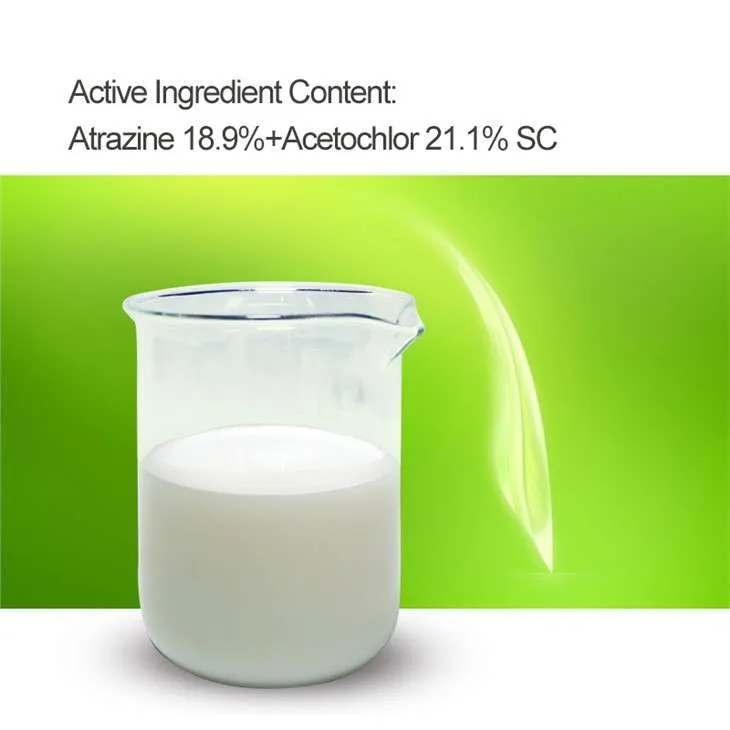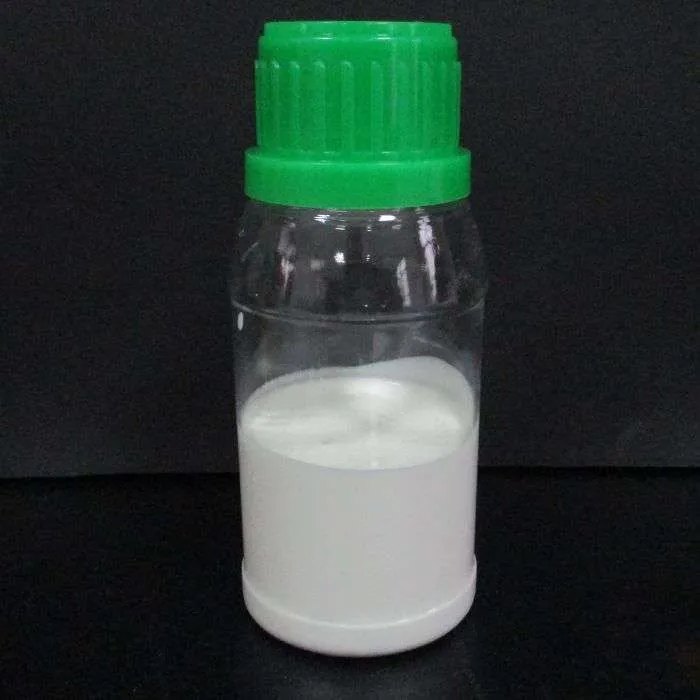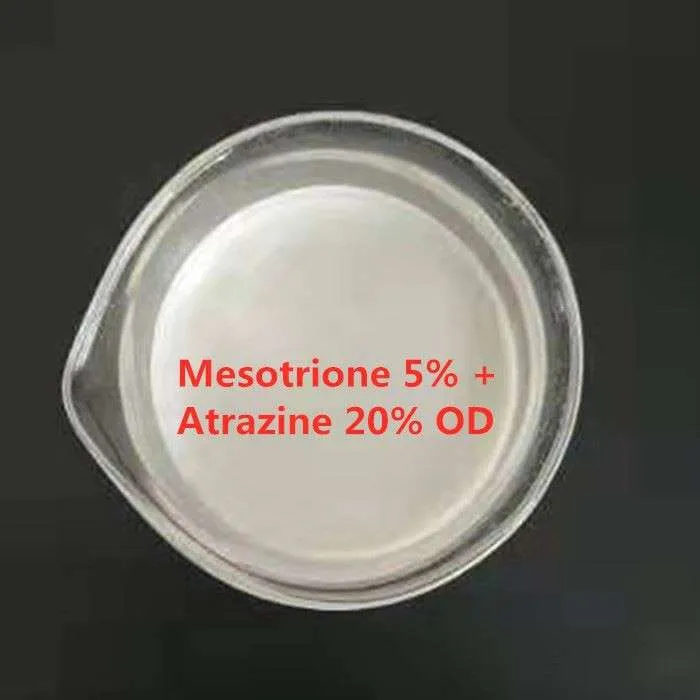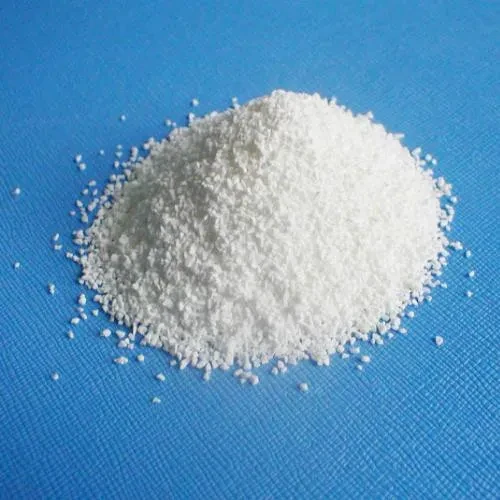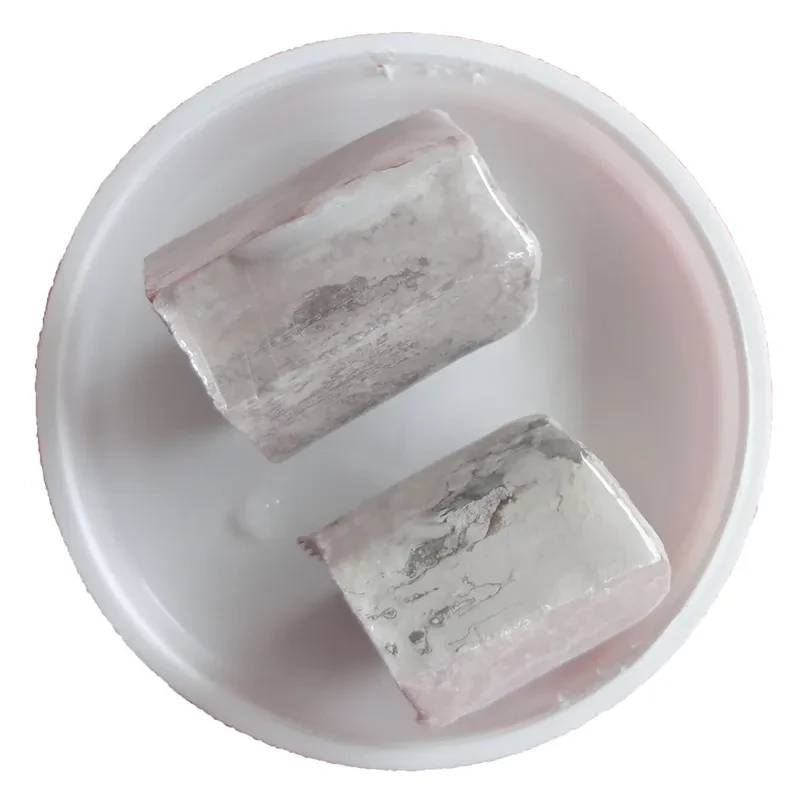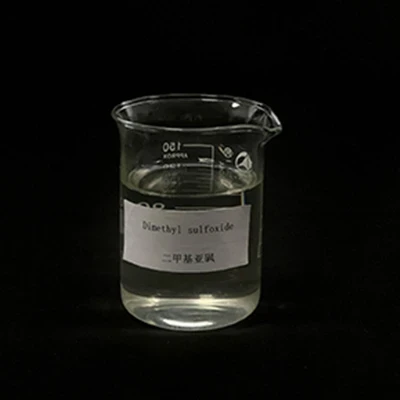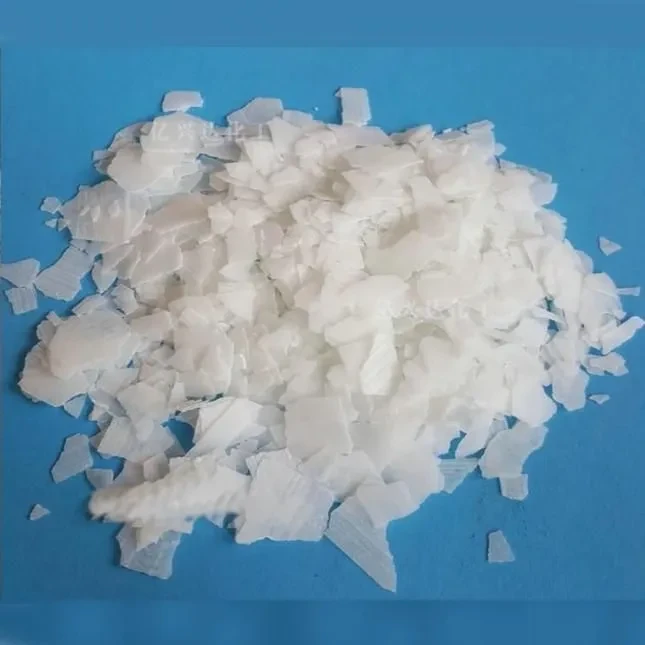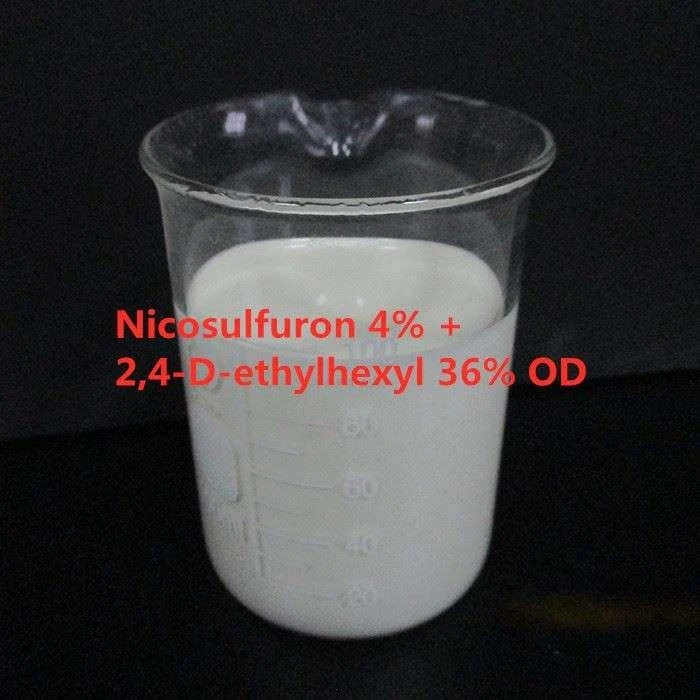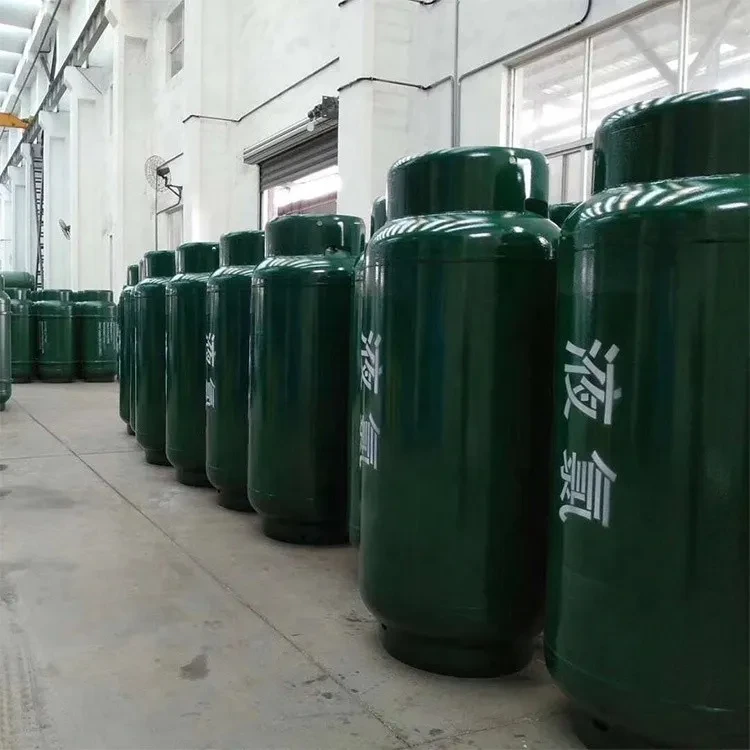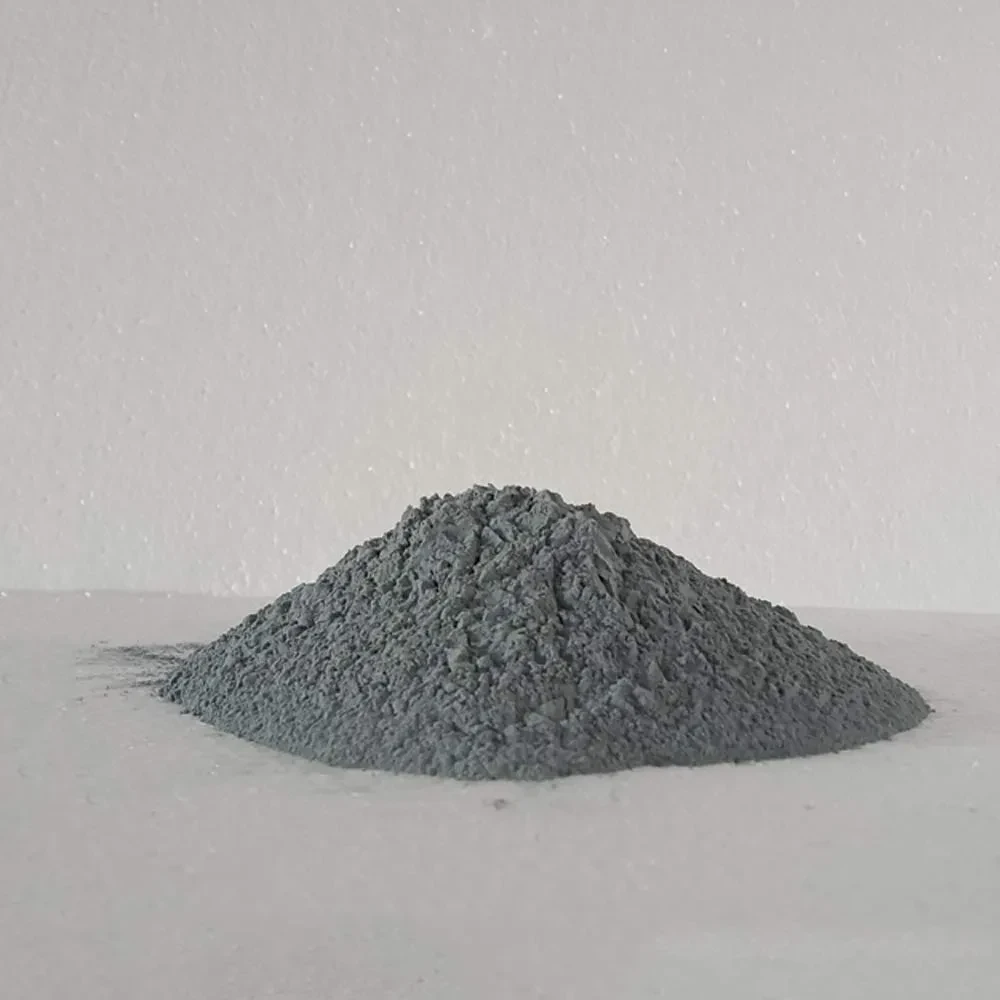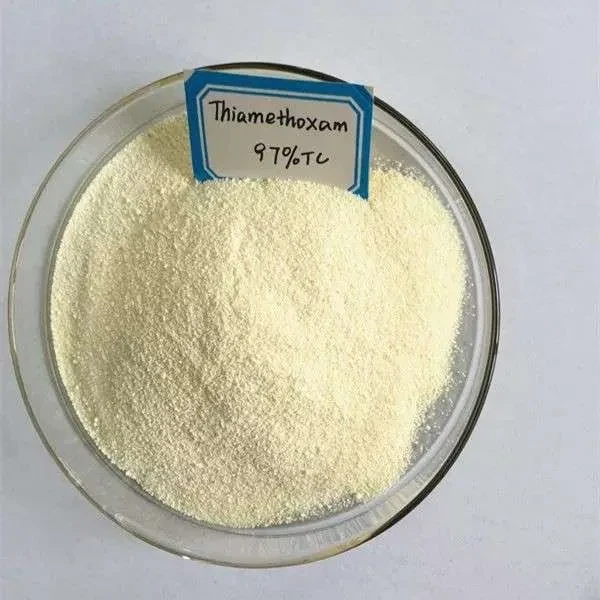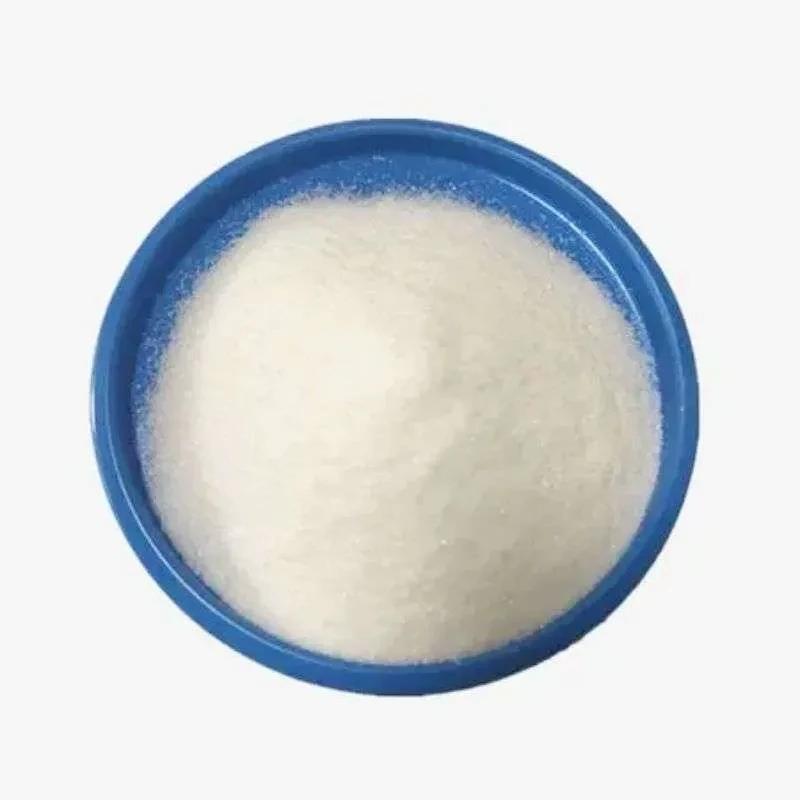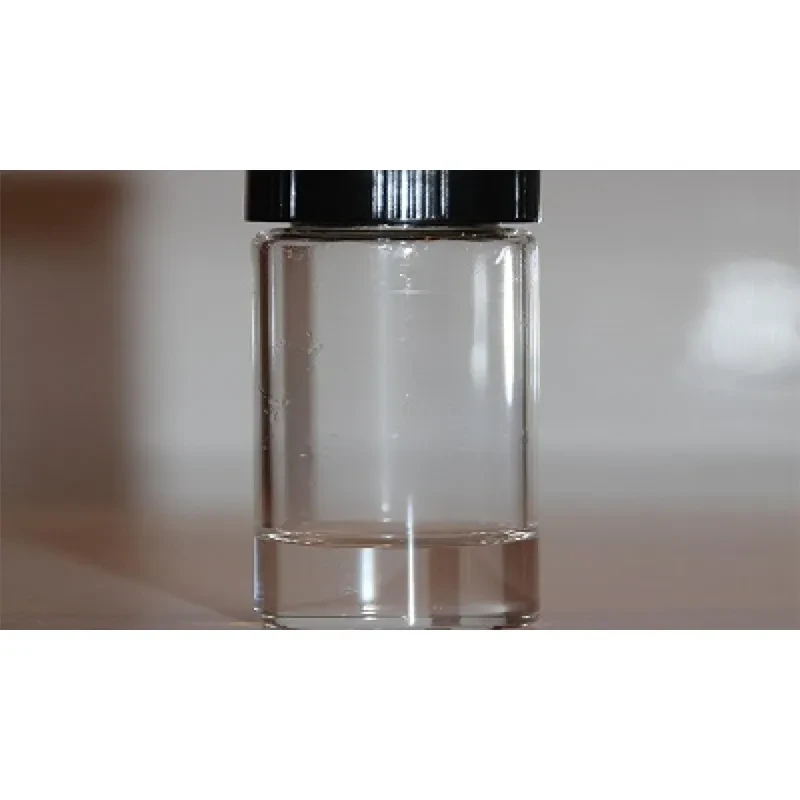CAS No.: 1912-24-9
Molecular Formula: C8H14ClN5
Molecular Weight: 215.68
|
Melting point |
175°C |
|
Boiling point |
200°C |
|
Density |
1.187 |
|
vapor pressure |
0Pa at 25℃ |
|
refractive index |
1.6110 (estimate) |
|
Flash point |
11 °C |
|
storage temp. |
Keep in dark place,Inert atmosphere,Room temperature |
|
solubility |
DMSO: 83.33 mg/mL (386.36 mM) |
|
pka |
pKa 1.64 (Uncertain) |
|
form |
Crystalline |
|
color |
Crystals |
|
Water Solubility |
Slightly soluble. 0.007 g/100 mL |
|
Stability |
Stable. Incompatible with strong oxidizing agents. |
Risk and Safety Statements
|
Symbol(GHS) |
|
|
Signal word |
Warning |
|
Hazard Codes |
Xn;N,N,Xn,T,F,Xi |
|
HazardClass |
9 |
|
PackingGroup |
III |
|
HS Code |
29336990 |
Atrazine appears as an odorless white powder, belonging to a selective triazine herbicide. It can be used for stopping the growth of broadleaf and grassy weeds associated with crops including sorghum, maize, sugarcane, lupins, pine, eucalypt plantations and triazine-tolerant canola.
According to the statistics of US in 2014, it ranks 2nd as one of the most widely used herbicide, only after glyphosate. Atrazine exerts its effect through targeting on the photosynthesis II system of the weeds, blocking the photosynthesis process and causing the death of weeds. It could be manufactured through the treatment of cyanuric chloride with ethylamine and isopropyl amine. However, it has been shown that it has certain toxicity on humans and other animals through targeting on the endocrine systems.
Uses
Atrazine is used as a selective herbicide to control broadleaf and grassy weeds for agriculture and other land not used for crops. In agriculture, atrazine is used on corn, sugarcane, and pineapple and for orchards, sod, tree plantations, and rangeland. Atrazine is moderately persistent in the environment because of its low solubility. It can be detected in the water table and in the upper layers of the soil profile in many areas (Huang and Frink, 1989). The Environmental Protection Agency (EPA) reported that atrazine was one of the two most commonly used agricultural herbicides in 2007 (EPA, 2011).



